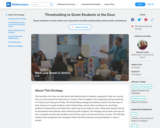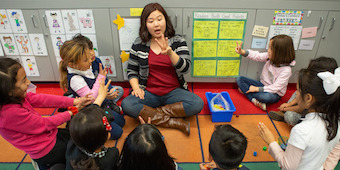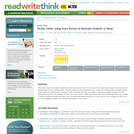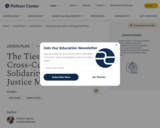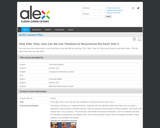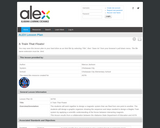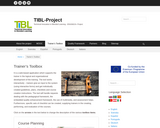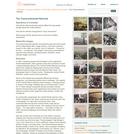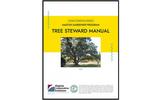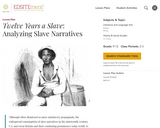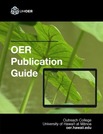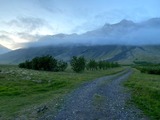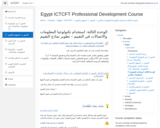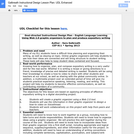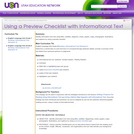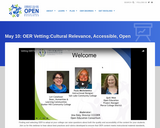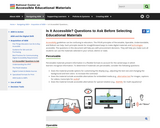Tree Steward Manual is designed for Virginia Cooperative Extension Master Gardeners who are training to be certified advanced Master Gardener tree stewards. Written by a dedicated team of volunteers who themselves completed advanced Master Gardener tree steward training, the manual covers a wide range of topics, specific to each region of Virginia, including identifying trees, selecting and planting appropriate trees for local landscapes, caring for trees, and troubleshooting tree problems.
In Virginia, advanced Master Gardener tree steward training is offered by the local Extension Master Gardener (EMG) program. Once the training is completed, volunteers become certified advanced EMG tree stewards and commit to a specific number of volunteer hours working on local tree steward projects. EMG tree stewards work on projects based on the needs of their local community as determined mutually between the local agent/coordinator and active tree stewards.
While Tree Steward Manual was developed with EMG training in mind, it is also appropriate for general readers who want to deepen their knowledge of trees and tree care.
How to Access this Book This text is available in multiple formats including PDF, a low-resolution PDF which is faster to download, and ePub found on the left side of your screen. It is also available online in Pressbooks at https://pressbooks.lib.vt.edu/treesteward. If you are printing this book to use in Tree Steward training, please see the "How to Use This Book" page for instructions. The main landing page for this book is: https://doi.org/10.21061/treesteward.
Feedback
We would appreciate hearing from you. To tell us how you are using this book, please register your use at https://bit.ly/treestewardmanual_interest.
Table of Contents
1. About Advanced Virginia Cooperative Extension Master Gardeners and the Tree Steward Training Manual
2. The Learning Experience
3. The Benefits (and Disadvantages) of Trees
4. Botany of Trees
5. Tree Taxonomy, Identification, and Measurement
6. Soil Properties and Management
7. Trees and Ecology
8. Siting, Selecting, and Planting
9. Tree Health Care and Pruning
Publication Information
ISBN: 978-1-949373-70-7 (PDF)
ISBN: 978-1-949373-71-4 (EPUB)
ISBN: 978-1-949373-72-1 (PressBooks)
DOI: https://doi.org/10.21061/treesteward
Attribution This book was created by a dedicated team of Extension Master Gardener Volunteers and published in 2021. The book was edited by Carol King and Laura Marlowe. Chapters were authored by Carol King, Megan Tierney, Daina Henry, Patsy McGrady, Gwen Harris, Cherilyn Kern, Laurie Fox, Ed Olsen, Carol Fryer, and Cindy Ogle.
